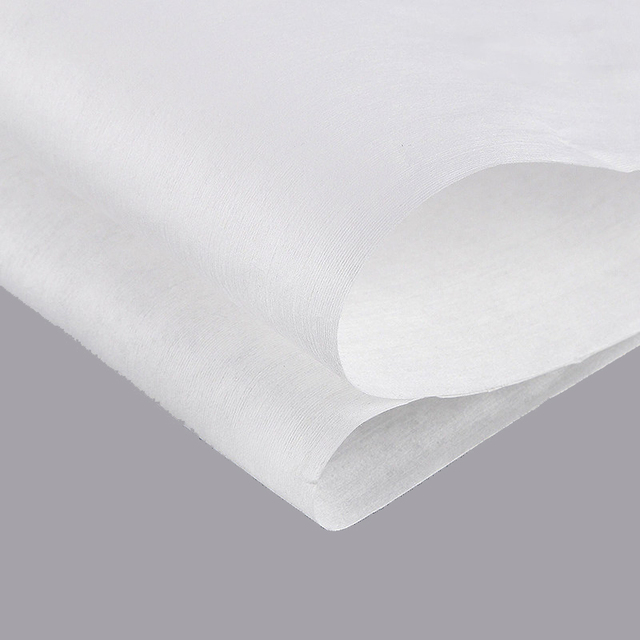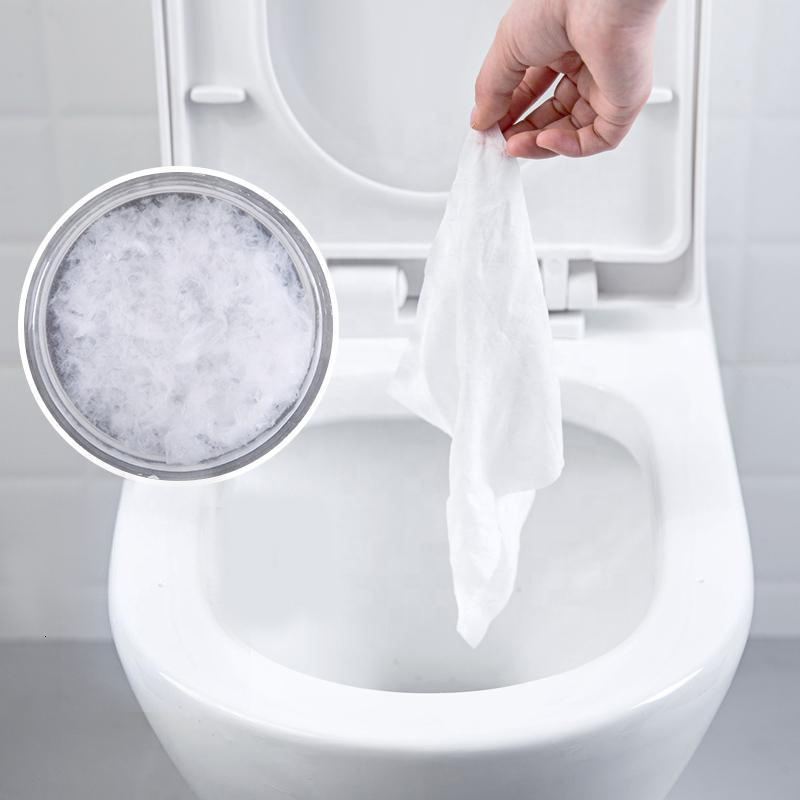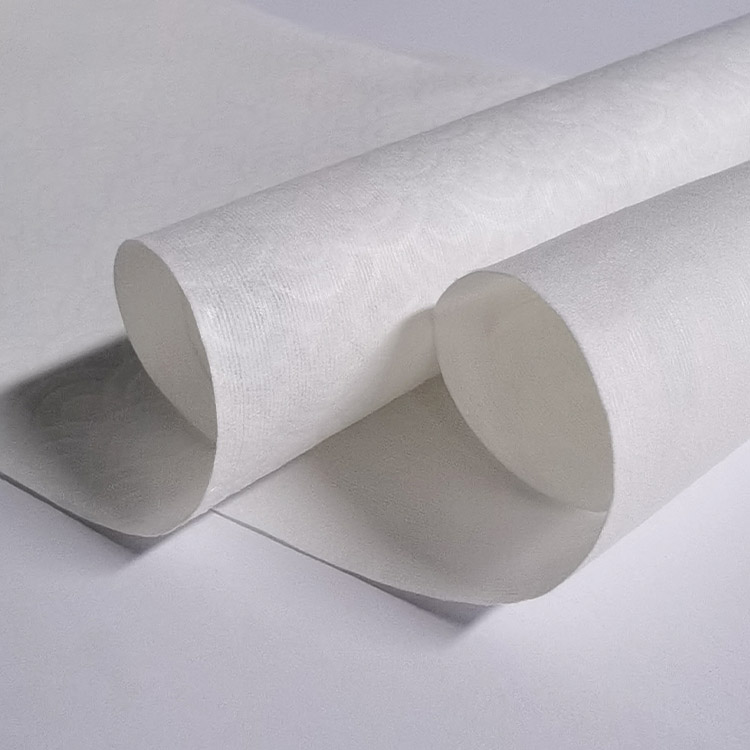
I. Panorama of core differences
| Dimensions | Ordinary wet wipes | Wet toilet paper | Dry toilet paper |
| Material | Spunlace non-woven fabric | Flushable nonwoven fabric | Wood pulp fiber |
| Solubility | Insoluble (contains plastic fibers) | Quickly dissolve(pipeline safe) | Quickly decompose |
| Application | Hand and mouth cleaning, object wiping | anal cleaning, menstrual care | universal toileting |
| Safety | artially contains alcohol/preservatives | PH weak acid (mucosal friendly) | No additives |
II.In-depth analysis: Why can't they replace each other?
Ordinary wet wipes: Cleaning king but with hidden dangers
Advantages: Strong decontamination (including surfactants), portable packaging.
Disadvantages:
Clogged pipes: Plastic fibers are insoluble, and the repair cost is as high as $500+/time (data from the American Plumbers Association)
Irritation risk: Alcohol and fragrances may cause skin allergies in children (FDA warning)
Applicable scenarios: outdoor hand wiping, toy disinfection, computer screen cleaning.
Wet toilet paper: Anal care expert
Core technology:
Flushable non-woven fabric: Fibers break when exposed to water, passed INDA/EDANA flushing test (global pipeline safety standard)
Pure water formula: PH value 5.5-6.5 simulates a healthy skin environment to avoid dry and itchy anus.
Experimental comparison:
Bacteria cleaning rate test: wet toilet paper (99.9%) > dry toilet paper (70%) > ordinary wet wipes (95%, but highly irritating)
Applicable people: hemorrhoid patients, menstruating women, families with infants and young children.
Dry toilet paper: basic choice but with limitations
Advantages: lowest cost, recyclable and degradable.
Disadvantages:
Weak cleaning power: relying only on physical friction, the residue can easily lead to bacterial growth
Poor comfort: rough paper may scratch sensitive parts
III. Purchase guide: choose the right seat according to your needs
Scenario 1: Family bathroom
With toilet → must choose wet toilet paper (look for the flushing mark)
No toilet → dry toilet paper + biodegradable wipes (for deep cleaning)
Scenario 2: Infant care
Post-defecation cleaning → pure water wet toilet paper (no alcohol/preservative)
Hand and mouth wiping → food-grade wet wipes (passed ISO 10993 biological testing)
Scenario 3: Emergency when going out
Toilet needs → portable wet toilet paper (single piece independent packaging)
Item disinfection → alcohol wipes (75% concentration)



